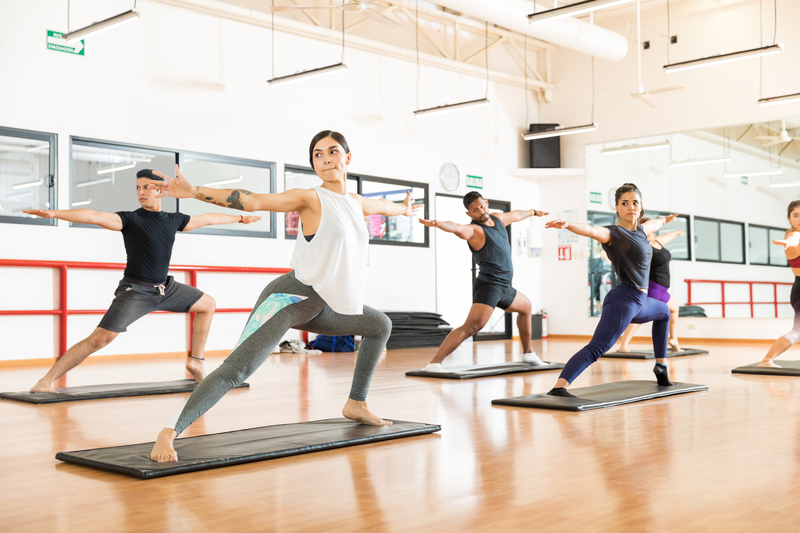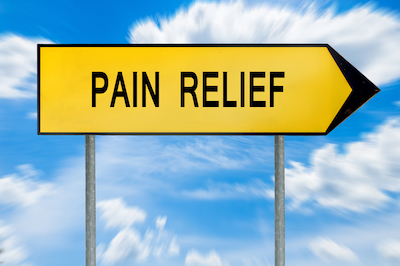Millions of individuals worldwide suffer from chronic pain, which has an effect on their everyday activities and general quality of life. Exercise has become a useful, supplementary method of pain management, even if medicine and other therapies are still often used to alleviate pain. Regular physical exercise improves strength, flexibility, and general well-being, among other processes that can help reduce pain. This article delves into the significance of exercise in pain treatment and offers insights into the advantages of adding physical activity to your daily routine.
Strengthening Muscles to Support Joints

Strengthening the muscles that stabilize and support joints is one of the main ways that exercise helps reduce pain. Stronger muscles are able to support a greater weight and lessen the strain on the joints, which is especially advantageous for people who suffer from lower back discomfort or arthritis. Exercises that involve bearing weight, resistance training, and focused strengthening can increase muscle growth and enhance joint function. You can improve joint stability and maybe lessen the severity of pain related to joint degeneration or injury by strengthening your muscles.
Improving Flexibility and Range of Motion
Exercise, specifically mobility training, may greatly increase range of motion and flexibility, both of which are important for pain management and injury prevention. It might be simpler to move without pain by increasing the flexibility of muscles and connective tissues with the aid of stretching exercises and yoga. Increased mobility and less stiffness are possible benefits of increased flexibility in afflicted regions including the shoulders, hips, and back. Frequent mobility exercises and stretching can assist preserve a healthy range of motion and reduce discomfort brought on by tight muscles or restricted joints.
Enhancing Blood Circulation
Improved blood circulation throughout the body is a benefit of physical activity, and this can help reduce pain. Increased blood flow promotes the delivery of vital nutrients and oxygen to tissues, which speeds up the healing process and lowers inflammation. Improved circulation also aids in the removal of metabolic waste products that may be a cause of discomfort and suffering. Walking, swimming, and cycling are examples of exercises that help enhance circulation and stimulate the heart, relieving ailments linked to insufficient blood flow and tissue repair.
Releasing Endorphins for Natural Pain Relief
The body’s natural painkillers, endorphins, are released when you exercise, and this might help you feel less pain. Neurotransmitters called endorphins work with the brain’s pain receptors to provide a feeling of wellbeing and less pain. Aerobic activities, like dance or jogging, have been demonstrated to increase endorphin levels and enhance mood. This natural pain reduction method offers a non-pharmacological alternative for pain management, which may be especially helpful for people who are experiencing chronic pain or discomfort.
Reducing Stress and Improving Mental Health
Stress on an emotional and psychological level is frequently associated with chronic pain, which can make it worse. In order to effectively manage pain, stress reduction and mental health enhancement are critical outcomes of exercise. Frequent exercise has been associated with reduced stress, anxiety, and depression, which may lessen the psychological toll that chronic pain takes. In addition to physical activity, mindfulness-based practices, meditation, and relaxation techniques can provide a more comprehensive approach to pain management and general wellbeing.
Preventing Muscle Atrophy and Weakness

Physical activity may decline when coping with pain or injury, which can result in muscular atrophy and weakening. This may result in a vicious cycle whereby weakening muscles exacerbate existing pain and suffering. Frequent exercise keeps muscles strong and endurance, which helps prevent muscular atrophy. Exercises that include bearing weight and resistance are very useful for maintaining muscle mass and halting its loss. You may speed up your healing process and lessen the chance that discomfort from imbalanced or weak muscles will manifest by maintaining your muscles engaged and active.
Encouraging Healthy Posture and Alignment
It is essential to maintain good posture and alignment of the body in order to manage and avoid discomfort, especially in the neck and back. By supporting healthy alignment and strengthening the core muscles, exercise can aid with posture. Pilates and other posture-focused workouts are examples of activities that help improve core stability, promote spinal alignment, and lessen back discomfort. You may lessen the discomfort brought on by misalignment and lower your chance of acquiring problems by concentrating on posture-promoting workouts.
Conclusion
Exercise offers a comprehensive approach to pain management with advantages over conventional pain treatment techniques. Physical activity can greatly help reduce pain and improve overall quality of life by strengthening muscles, increasing flexibility, boosting circulation, and releasing endorphins. Exercise also prevents muscle atrophy, manages stress, and encourages good posture—all critical components of holistic pain care. Regular exercise may be a very effective pain management technique and contribute to a happier, better life. If you need advice from medical specialists, include it into your program.

